
Al Jr. Tests the Williams
If you can’t beat them, get them and embarrass them
In the early 1990’s the world had two top open wheel series to pick from. In the old world, F1 was the grand stage and the new world had the ever growing CART; with full grids, star drivers, competitive racing and expansion into Australia, a place that was once the domain of F1.
One thing that Bernie Ecclestone doesn’t like, is something that could fight F1 in being the premier motor racing category. When the World Sportscar Championship threatened F1, Bernie got the rules changed so that the cars had F1 powerplants which increased costs and gave him a chance to say to manufacturers “Hey, you’re wasting your money in sportscars, come to F1, you’ll get a bigger bang for your buck. And what do you know, you already have an engine”. While the World Sportscar Championship was under the thumb of the FIA, CART wasn’t.
The threat became greater when Nigel Mansell, F1’s reigning world champion after a fallout with Williams over a new contract decided to retire from F1 and drive for Newman Hass in CART for the 1993 season. The international interest in the series exploded with the ever polarizing Mansell winning the CART championship in his red number 5 Lola-Ford.
In December of 1992, Ayrton Senna, one of greatest driver’s of all time was distraught over the state of F1. He was upset that a driver of his great talent could not beat a driver of much lesser talent in the gizmo laden Williams. His offer to drive for Williams for “free” in 1993 was rejected as Alan Prost had a clause in his contract not allowing for Senna to be his teammate for the 1993 season; leaving his only option to be back at McLaren which would be using a customer Ford engine for the ’93 season (note: Senna drove for McLaren on a race by race contract in 1993 with his rumored salary per race being over one million dollars).
Senna was then invited by his great friend, CART star and two time world championship Emerson Fittipaldi to test his Penske. Senna accepted the invitation which was made easier as he was in reality a free agent and two of his biggest sponsors (Marlboro and Hugo Boss) were also Penske sponsors. Senna drove the Penske at Firebird and enjoyed the experience. He refereed to the Penske as being a human car, a car that relied on the skill of the driver and not a computer.
It was then decided the best way to destroy CART was to steal it’s best drivers. In 1992, Al Unser Jr and Michael Andretti, two second generation drivers and CART’s two biggest stars attempted to cross the Atlantic and try their hands at F1.
1992 was the year of Al Jr. He had won the Indy 500 and was arguably the best road racer in America. Unser had a seat fitting with Bennetton but rejected their offer because it was half of what he was making in CART. Little Al also tested the Williams in Portugal and was quicker then Riccardo Patrese and then test driver Damon Hill (who would get the seat for 1993). After the test Junior went to the Williams factory to make a deal to race the car in 1993 but was rudely turned down by team principle Frank Williams and Technical Director Patrick Head. Unser would stay in CART and go onto win the championship and the Indy 500 for Roger Penske in 1994.
Andretti signed for McLaren in late 1992 for the 1993 season. At this point, McLaren were no longer the dominant team in F1. Their engine supplier Honda, had pulled out of F1 leaving them customer Ford’s and they fell behind in the technology race to Williams. McLaren had also signed Mika Hakkinen in case Senna decided he didn’t want to race. A few other factors went against Andretti in that he decided not to live in Europe and instead flew to races and testing. Also, testing rules had changed for 1993 leaving Andretti not enough time to gain experience at the F1 tracks and the gizmo laden cars which were the opposite of his CART Lola’s.
The 1993 season started off as a disaster for Andretti as he completed only three laps in three races. His results improved but was then sacked after the Grand Prix of Italy in Monza. He went back to CART for 1994, driving for Chip Ganassi and winning the first race of the season beating Nigel Mansell.
Andretti later said that he was put in a position to fail at McLaren and in F1. Andretti claims the car was sabotaged by McLaren staff and that Bernie and McLaren Principle Ron Dennis conspired to the make the season a disaster. Andretti later commented that the F1 paddock viewed CART as a threat and the best way to make them look bad was to have a CART star fail in F1.
In 1994 there were no Americans in F1, in 1995 Elton Julian, an American who came though the European racing ladder and had tested several times for the Larrousse team in 1994 was a candidate for a race seat. Sadly the Larrousse closed its doors due to financial issues right before the start of the 1995 season.
As the decade reached it’s halfway point the last thing American road racers were thinking about was going to F1.
Part 3 – A return to America and mysterious lack of Speed



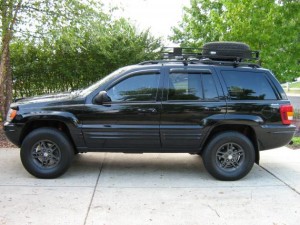

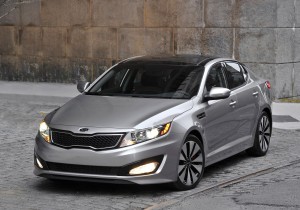
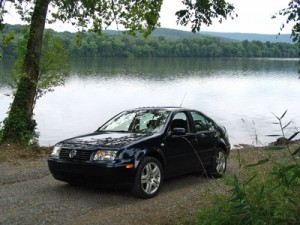

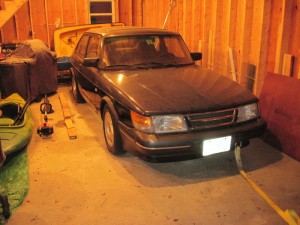
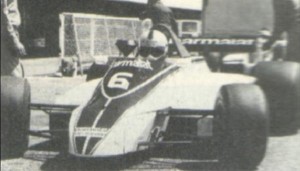
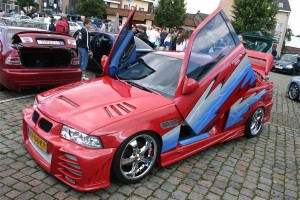
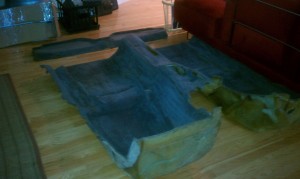
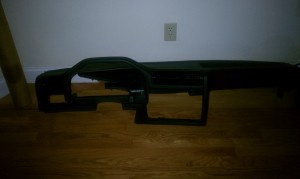

Recent Comments